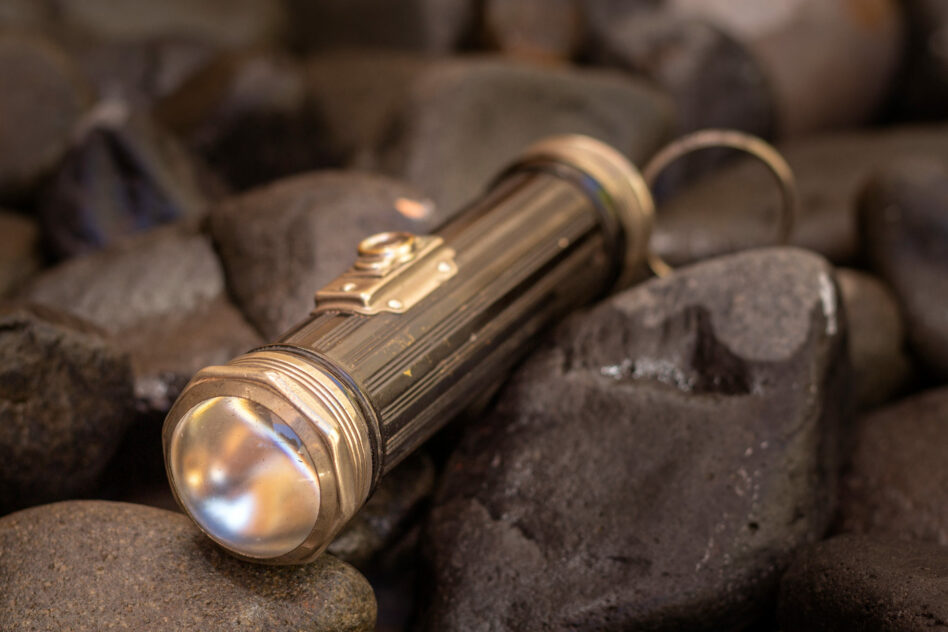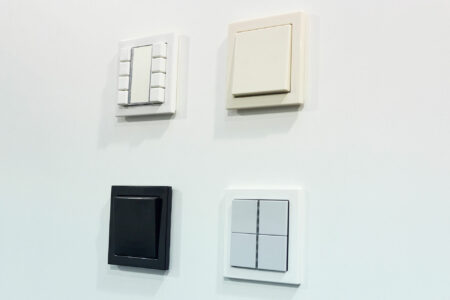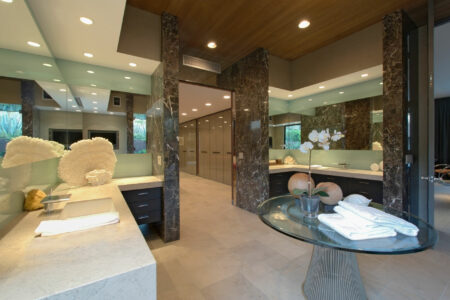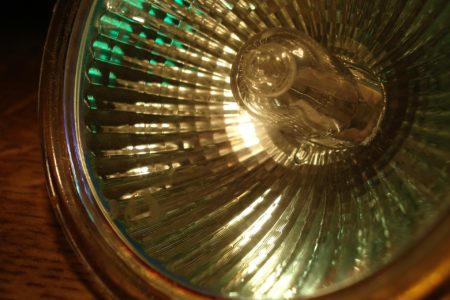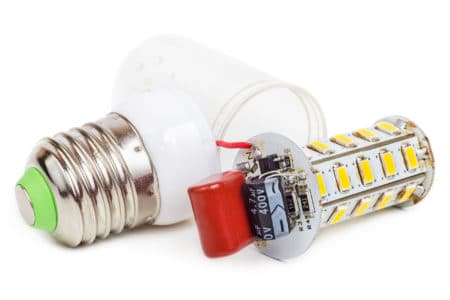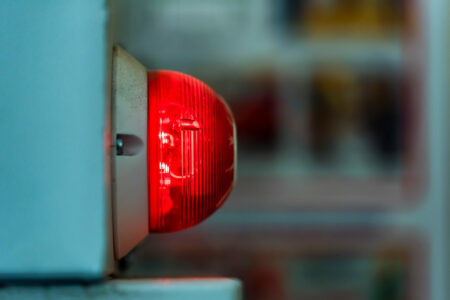Flashlights are a mainstay of modern technology. If they’re not in your pocket or on your camping helmet, they’re embedded in your smartphone! But who invented flashlights and how long ago was that? Read on to find out!
Who Invented the Flashlight?
The flashlight has an interesting history as part of the quick technological shift that happened in the late 19th century. Back then, portable light sources meant you had to light a fire to use a torch or a hurricane lamp. That wasn’t convenient and certainly not safe!
Carl Gassner
The idea of a portable electric light was always attached to another invention: the dry cell battery.
Before the year 1888, batteries were made of two electrodes and a liquid electrolyte. To think of using one of them to power a light source would have been absurd when you couldn’t even tip one a little to the side.
The German scientist Carl Gassner came up with the idea of using an electrolyte paste instead of a liquid. Hence, the dry cell battery was born, and with it, the potential for portable electric light.
It took some time for the new invention to become a consumer good. So it wasn’t until 1896 that the Columbia dry cell was marketed by the National Carbon Company. It quickly gained popularity and sparked people’s imaginations.
David Misell
Enter David Misell, a British inventor living in New York City. He came up with the idea of using the recently invented dry cell battery to light a handheld lamp in 1898.
The device was three D batteries housed inside a cardboard tube that also acted as a handle. A simple contact switch was added to be the on/off switch, and the batteries powered a small incandescent bulb. A brass reflector was also added to enhance the light and protect the carbon filament bulb.
The device wasn’t without its faults, but it worked and that was what mattered!
Conrad Hubert
The new battery-operated light caught the attention of one Conrad Hubert. He was an American inventor and investor born in the Russian Empire as Akiba Horowitz. He hopped on a ship as conditions for Russian Jews weren’t great and made his way to the United States at age 35.
He changed his name to blend in the New World better, and thus, Conrad Hubert was born.
Hubert was amazed by electricity and wanted to capitalize on it. He had pursued novel ideas, such as illuminated tie-tacks and light-up flower pots before finding out about flashlights.
He bought David Misell’s patent before it was completely finished in 1898 and started marketing it right away. In 1899, the Ever-Ready Flashlight was first marketed as the solution to portable lighting.
The first flashlights weren’t that great, not just by today’s standards, but back then, too. Early dry-cell carbon-zinc batteries weren’t that powerful, and carbon filament light bulbs were just as unreliable.
The name “flashlight” comes from the fact that the light wasn’t continuous and you had to turn it off so the batteries could rest. Talk about a complete hassle!
Nevertheless, Conrad Hubert stuck by his investment. To market the new invention, some Ever-Ready flashlights were gifted to the New York Police Department, and the officers loved them.
With the invention of tungsten-filament light bulbs in 1904, flashlights had the potential to be sturdier and perform better. Conrad Hubert improved on David Misell’s design to fit the new tungsten incandescent lamp, patenting it under his name in the same year.
The marketing campaigns for the new and improved product were innovative, to say the least. In 1917, the product, now named Eveready, came with a brochure that boasted “101 Uses for an Eveready.”
It had some gems in the likes of:
“Into the garage you can flash the light amid the fumes of gasoline and oil without disturbing the fire department,” and “The dark barn is no bar to night investigation!”
The patent for flashlights expired in 1921, so by 1922, several new types of flashlights were manufactured. You could now get hurricane lamp-like flashlights, pocket-sized varieties, and large flashlights that came with reflectors.
By the 1930s, China started mass-producing flashlights and they became ubiquitous as ever.
Modern Flashlight Innovations
In the 20th century, flashlights saw many innovations that made them more efficient, safer, and easier to use. The use of rechargeable batteries, high-output halogen lamps, and inert gases gave us a brighter and longer-lasting light source.
However, it wasn’t until the 21st century that we finally got the newest generation of flashlights. With the invention and commercialization of LEDs (Light Emitting Diodes), they became the future of flashlight technology.
In 2001, the first LED-powered flashlight, called the Arc LS was introduced with a Luxeon LED light bulb. At first, the available LEDs were 5 mm in diameter and produced a few lumens, so they were grouped to give more power.
LED flashlights also have the added benefit of producing multicolored light for different purposes. One flashlight can have different colored LED packets that work independently with no color filter hassle, which also saves on battery life.
With the development of LED technology, high-power LEDs that can output over 2,000 lumens were introduced and are available on the market today. These made flashlights more reliable and capable of illuminating delicate operations like mining and camping.
As for the medical field, otoscopes and ophthalmoscopes use a flashlight with magnifying lenses to aid in the examination of the ears and eyes. Pen lights are also used to test pupillary light reflex after head trauma or drug reactions.
One of the more recent innovations that make flashlights more accessible and efficient is the Hollow Flashlight. It was invented by 15-year-old Ann Makosinski after her friend in the Philippines failed a class because of power outages, but it’s not a regular flashlight.
The Hollow Flashlight harvests the heat from one’s hand by using Peltier tiles and uses the converted heat energy to power the light. It hasn’t been mass-produced yet, but it looks like the future for flashlights is bright.
